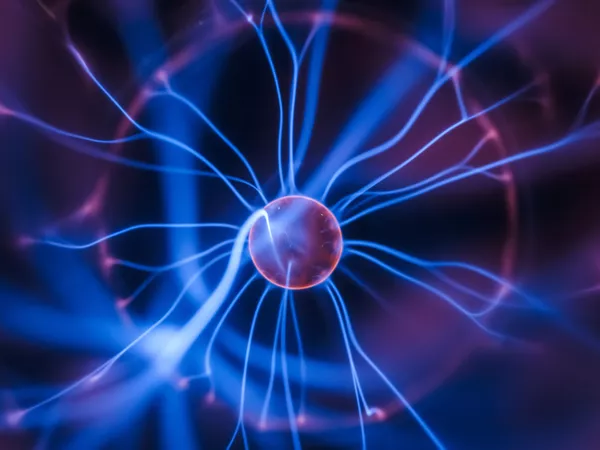ORIGINAL RESEARCH
Published on 12 Jan 2021
Influence of Multiple Animal Scanning on Image Quality for the Sedecal SuperArgus2R Preclinical PET Scanner
doi 10.3389/fphy.2020.531662
- 2,515 views
- 3 citations
9,453
Total downloads
58k
Total views and downloads
ORIGINAL RESEARCH
Published on 12 Jan 2021
ORIGINAL RESEARCH
Published on 15 Sep 2020
MINI REVIEW
Published on 21 Jul 2020
ORIGINAL RESEARCH
Published on 10 Jul 2020
ORIGINAL RESEARCH
Published on 19 May 2020
ORIGINAL RESEARCH
Published on 06 May 2020
REVIEW
Published on 29 Jan 2020
ORIGINAL RESEARCH
Published on 12 Dec 2019
ORIGINAL RESEARCH
Published on 06 Dec 2019
ORIGINAL RESEARCH
Published on 22 Nov 2019
ORIGINAL RESEARCH
Published on 24 Sep 2019
